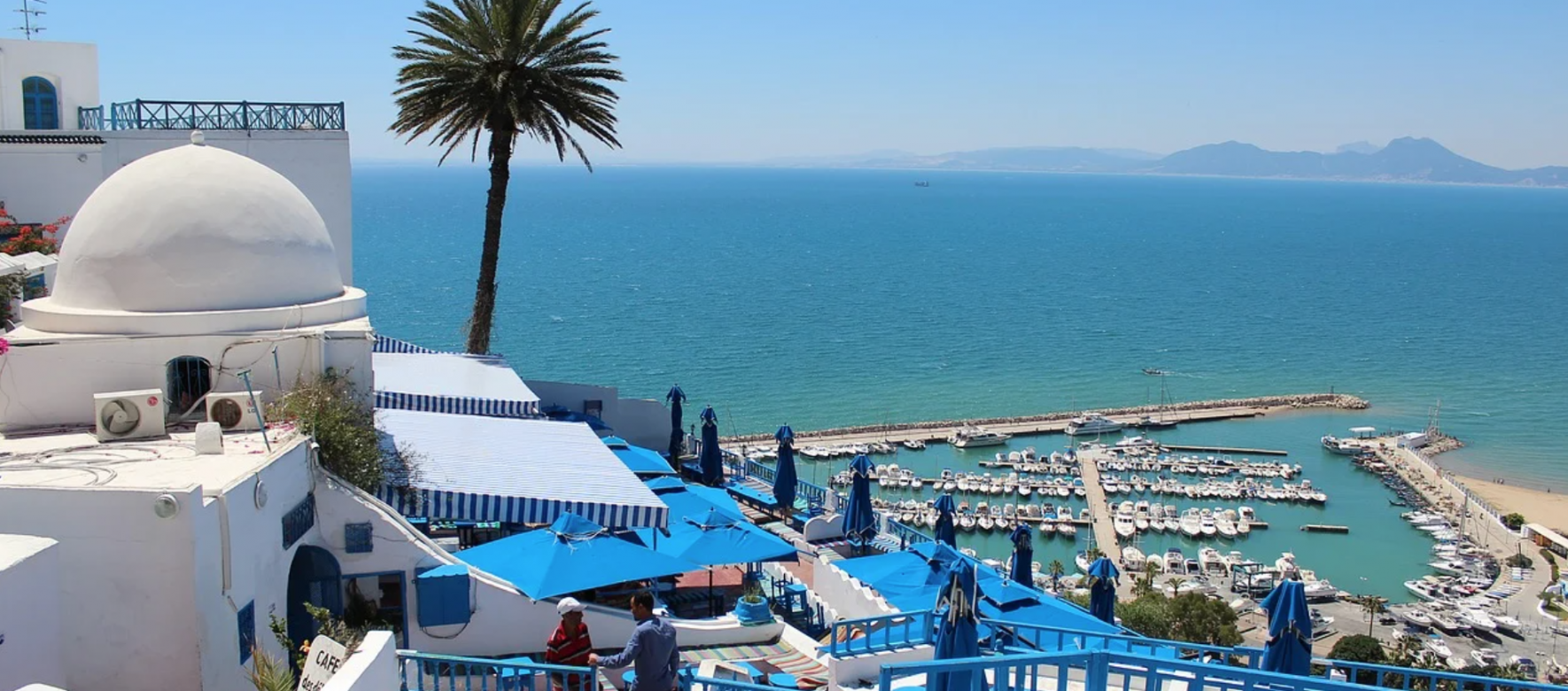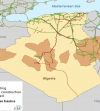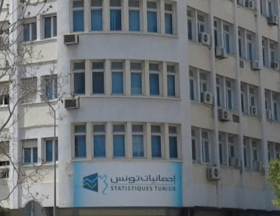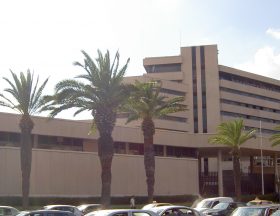Tunisia's GDP is expected to grow at an annual rate of 3% on average until 2023. The food trade deficit from January to October 2021 almost tripled but the amount of tourism receipts increased by 6.2%.
The Organization for Economic Cooperation and Development (OECD) published an economic outlook for Tunisia on December 1, 2020. According to the organization, Tunisia’s GDP is expected to grow at an annual rate of 3% on average until 2023. If the economic recovery in Tunisia’s main trading partner countries, the improvement in the vaccination rate and the recovery tourism could help revitalize Tunisian economic activity, political uncertainty remains high and could hamper private investment.
The OECD believes that improving the efficiency of public spending and taxation would make it possible to free up budgetary room for maneuver, thanks to a reform of employment and public enterprises, a gradual withdrawal of energy subsidies, a reduction tax exemptions and improved tax collection.
This would allow spending to be redirected to invest in physical and social infrastructure and support vulnerable households in a more targeted manner. The OECD also stresses that reducing administrative burdens and easing barriers to trade would strengthen competition and innovation and boost investment.
Tunisia shows a deterioration in its food trade balance and a drop in its food coverage rate in 2021
According to the National Agriculture Observatory (ONAGRI), the food trade balance deficit over 10 months, from January to October 2021, has almost tripled compared to the first 10 months of 2020, by 619 M TND (i.e. 187 M EUR) to 1.70 billion TND (i.e. 515 M EUR).
This deterioration is the consequence of a drop in exports (-13.5%) and an increase in imports (+ 11.5%). More precisely, the recorded deficit is the result of the increase in cereal imports (+ 20%) on the one hand and the decrease in olive oil exports (-33%) on the other hand.
However, during the aforementioned period, imports of meat, potatoes and sugar declined. Export prices rose 40.2% for olive oil and 11.5% for tomatoes.
Conversely, those of dates, fishery products and citrus fell by 12.8%, 6.9% and 7.9% respectively. In addition, the import prices of cereals increased by 16.4% for durum wheat, 28% for soft wheat, 33.2% for barley and 51.6% for corn, while the prices of meat and potatoes fell by 41.4% and 19.2% respectively. At the same time, the food coverage rate rose from 86.7% to 67.3%.
Tourism receipts slightly increase in the first 11 months of 2021
According to indicators published on November 29, 2021 by the Central Bank of Tunisia (BCT), the amount of tourism receipts fell from 1.86 billion TND (or 605 million EUR) during the first 11 months of the year 2020 to 1 , TND 97 billion (EUR 642 million) during the first 11 months of 2021, an increase of 6.2%.
The recovery of tourism-related activities in Tunisia remains slow and uncertain, like all global tourist destinations. Under the effect of multiple restrictions, the World Tourism Organization (UNWTO) has just announced that the tourism sector is suffering losses, globally, which will likely amount to USD 2,000 billion for the year 2021.
Recent developments in the pandemic situation show that “the situation is completely unpredictable and that the sector is not immune to hazards likely to cause enormous economic damage”, recognizes Zurab Pololikashvili, Secretary General of the UNWTO. .
Source French Embassy in Tunisia











Réagissez à cet article